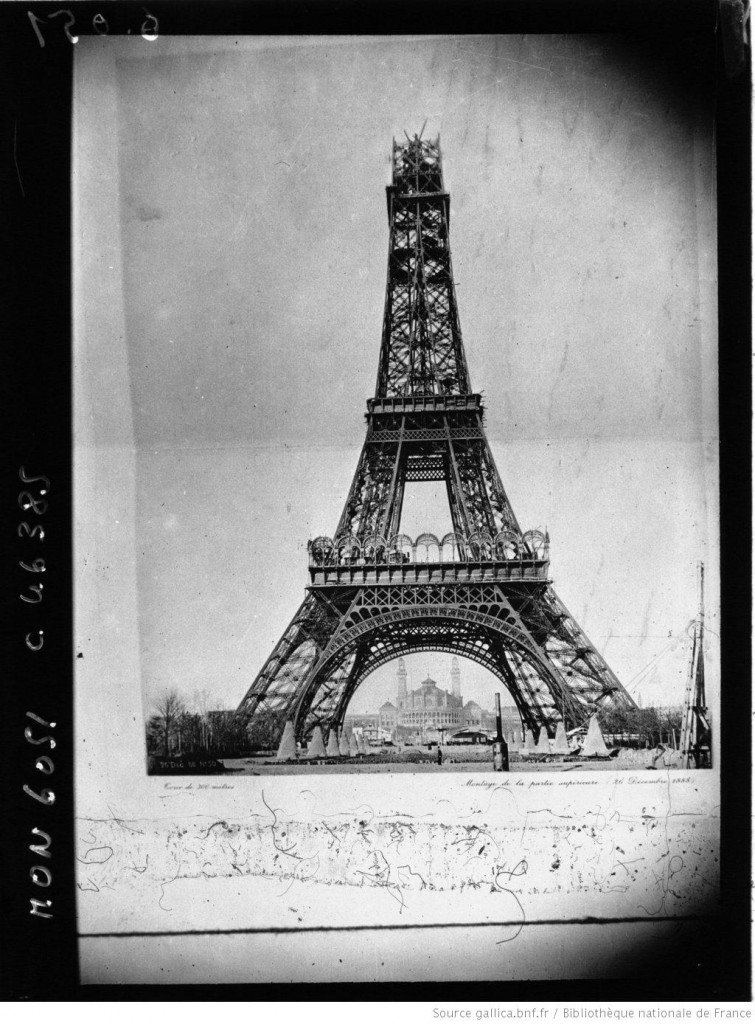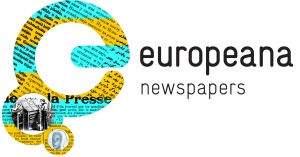In 1889, France was eagerly preparing to host the upcoming World’s Fair. The preparations included the construction of the Eiffel Tower, which was designed as the entrance arch to the fair. Through historic newspapers, such as the one featured in this article, we have a glimpse into how the construction of the Tower was perceived and reported at the time.

This particular article was published on the second page of this four-page paper. It was considered primarily a national event, in contrast to the international news which dominated the front page.
Viewed from a contemporary perspective, this article is interesting because it focuses not on the Tower itself but rather on the many workers who built it. Indeed, the article gives a stronger emphasis on the gratitude expressed by Gustave Eiffel towards the workers than on the official guests at the opening.

The article also reflects the political mood at the time. The French President Jules Grévy did not choose the year 1889 to host the World Fair in Paris randomly. It was a good opportunity for France to both celebrate the centenary of the French Revolution and to showcase for the world its greatness and achievements.
The Tower was decorated with a national flag for the inauguration and it was noted that the French flag in 1889 was the same as in 1789, the year of the French Revolution. The flag was therefore seen as a symbol of great victories fought in the name of science and progress.
This event was also a suitable opportunity to bring forward the young Third Republic mentioned in this article by emphasising the national pride felt by all the construction workers involved, who helped to erect the highest building of the time.
It is interesting to notice that two years before the opening, opinions about this Tower being built in the centre of Paris were quite negative. This can be seen in earlier articles in Le Temps.
For example, on 14 February 1887, Le Temps published a petition signed by renowned personalities such as Meissonier, Gounod, Garnier, Sardou, Boullat, Coppe, Leconte de Lisle, Maupassant and Zola. This petition campaign aimed to stop Gustave Eiffel from building the Tower because it would be ugly and purposeless. Today, however, we of course know that the reality is very different. The Eiffel Tower ranks among the world’s most visited and renowned monuments.
Thank you to Josephine Renard of the National Library of France for writing this article. You can further explore our collection of historic newspapers, through our Newspaper Browser. Currently the browser holds over 300,000 French historic newspapers. When complete, our collection will total some 18 million historic newspapers from across Europe.

I and a couple of my friends are working on a National History Day project for class and our topic is Alexandre Gustave Eiffel, the guy who built the Eiffel Tower and the Statue of Liberty. We would love to know if you have any artifacts that could be useful for our projects.